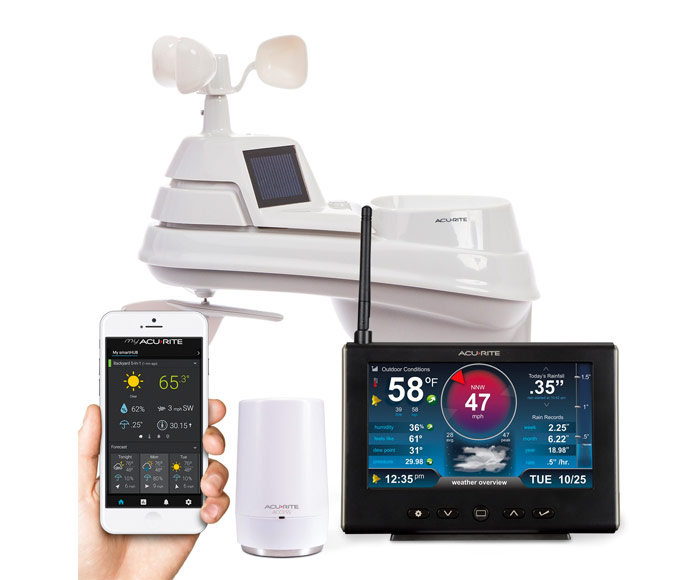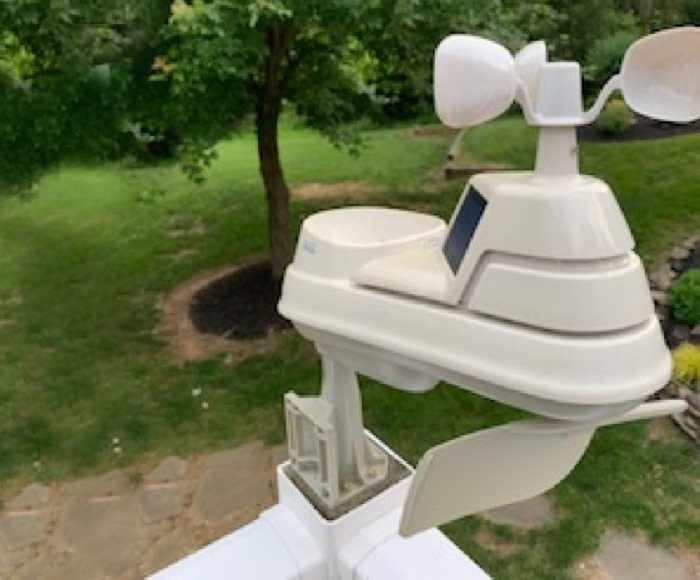How AcuRite Helps a Non-Profit’s Agriculture Program for Middle Schoolers
A non-profit in Maryland runs an agriculture program for students to learn the connection between daily changes in weather conditions and plant health. It is the only program in the state that gives students a hands-on experience in agricultural science.
Problem:
Crop and plant management is difficult if daily temperature and humidity fluctuations are unknown. Additionally, watering cycles need to be adjusted with daily rainfall data for water conservation.
Solution:
The Foundation installed an AcuRite 5-in-1 Weather Station on the outside of its agriculture building with two HD displays: one placed in the greenhouse for temperature and humidity readings in the growing area and one set inside the building for indoor conditions. Information from the weather station is used in a variety of ways by the agriculture students. They learn to interpret the data display – to read the temperature, humidity, wind speed, wind direction, and rainfall. They are taught what each of these concepts mean and how they affect our environment, leading to a discussion of the growing conditions needed for crops. Students gain the knowledge to correlate the weather with plant growing conditions and, ultimately, understand how environmental science plays a vital role in understanding our world.


Results:
With the outside unit and the inside display, students can monitor weather conditions and determine the best time to plant seeds. Temperature and humidity are crucial to this process. The ability to observe current and historical temperatures allows students to learn if venting or cooling systems are working properly. Thanks to the external rain gauge, a watering schedule can be developed. Students can determine if watering is needed, when the last rain was received, and the total rainfall for the last week or month. They can factor in measured wind speed to compensate for the drying effect that the wind can have on the soil.






